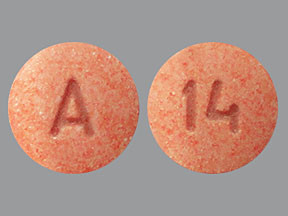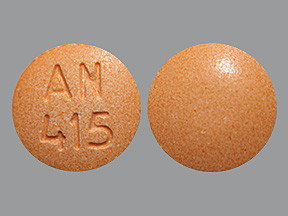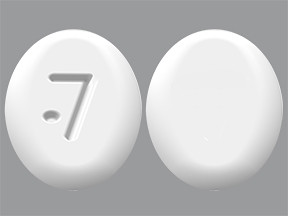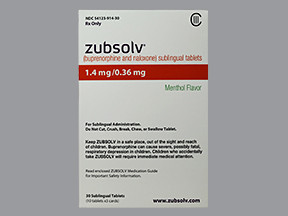BUPRENORPHINE/NALOXONE - SUBLINGUAL
PHONETIC PRONUNCIATION: (BUE-pre-NOR-feen/nal-OX-one)
COMMON BRAND NAME(S): Suboxone, Zubsolv
GENERIC NAME(S): buprenorphine HCl/naloxone HCl
Uses
USES: This medication contains 2 medicines: buprenorphine and naloxone. It is used to treat opioid (narcotic) dependence/addiction. Buprenorphine belongs to a class of drugs called mixed opioid agonist-antagonists. Buprenorphine helps prevent withdrawal symptoms caused by stopping other opioids. Naloxone is an opioid antagonist that blocks the effect of opioids and can cause severe opioid withdrawal when injected. It has little effect when taken by mouth or dissolved under the tongue. It is combined with buprenorphine to prevent abuse and misuse (injection) of this medication. This combination medication is used as part of a complete treatment program for drug abuse (such as compliance monitoring, counseling, behavioral contract, lifestyle changes).
How to use BUPRENORPHINE/NALOXONE - SUBLINGUAL
HOW TO USE: Read the Medication Guide provided by your pharmacist before you start taking buprenorphine/naloxone and each time you get a refill. If you have any questions, ask your doctor or pharmacist. There are different brands and forms of this medication available. Because different products may contain different amounts of buprenorphine and naloxone, do not change brands or dosage forms without consulting your doctor or pharmacist. Use this medication during your treatment maintenance period as directed by your doctor, usually once daily. Place the medication under your tongue for 5 to 10 minutes and let it dissolve completely. If you are prescribed more than one tablet each day, you may place all of the tablets under your tongue at once or place two tablets at a time under your tongue. Do not swallow or chew this medication. It will not work as well. For most patients, buprenorphine alone is usually used for the first 2 days after you have stopped all other opioids. It is usually given in your doctor's office. Your doctor will then switch you to this combination buprenorphine/naloxone medication for maintenance treatment. The combination with naloxone works the same way as buprenorphine alone to prevent withdrawal symptoms. For some patients, this combination product may be used to start treatment (called induction). Follow your doctor's directions carefully. The dosage is based on your medical condition and response to treatment. Do not increase your dose, take the medication more frequently, or take it for a longer time than prescribed. Properly stop the medication when so directed. Use this medication regularly in order to get the most benefit from it. To help you remember, use it at the same time each day. Buprenorphine/naloxone may cause withdrawal symptoms especially if you use it soon after using opioids such as heroin, morphine, or methadone. Follow your doctor's instructions for your treatment plan. This medication may cause withdrawal reactions if it has been used regularly for a long time or in high doses. In such cases, withdrawal symptoms (such as restlessness, watering eyes, runny nose, nausea, sweating, muscle aches) may occur if you suddenly stop using this medication. To prevent withdrawal reactions, your doctor may reduce your dose gradually. Consult your doctor or pharmacist for more details, and report any withdrawal reactions right away. Do not inject ("shoot up") buprenorphine/naloxone. Injecting it is dangerous, and will likely cause severe withdrawal symptoms (see Side Effects section) due to the naloxone in this medication, especially if you have been using opioids such as heroin, morphine or methadone. Consult your doctor or pharmacist for more details. Tell your doctor right away if you experience any withdrawal reactions.
Side Effects
Precautions
Interactions
Overdose
Images

- color
- orange
- shape
- round
- imprint
- A, 14

- color
- orange
- shape
- round
- imprint
- A, 14

- color
- orange
- shape
- round
- imprint
- AN 415

- color
- orange
- shape
- round
- imprint
- AN 415

- color
- white
- shape
- round
- imprint
- logo, N8

- color
- white
- shape
- round
- imprint
- logo, N2
Reviews
Disclaimer
IMPORTANT: HOW TO USE THIS INFORMATION: This is a summary and does NOT have all possible information about this product. This information does not assure that this product is safe, effective, or appropriate for you. This information is not individual medical advice and does not substitute for the advice of your health care professional. Always ask your health care professional for complete information about this product and your specific health needs.



No Reviews Yet